RARE! WWII VII Fighter Command P-51 Mustang Pilot Yap Island (Caroline Group) "Kneepocket" Flight Combat Map
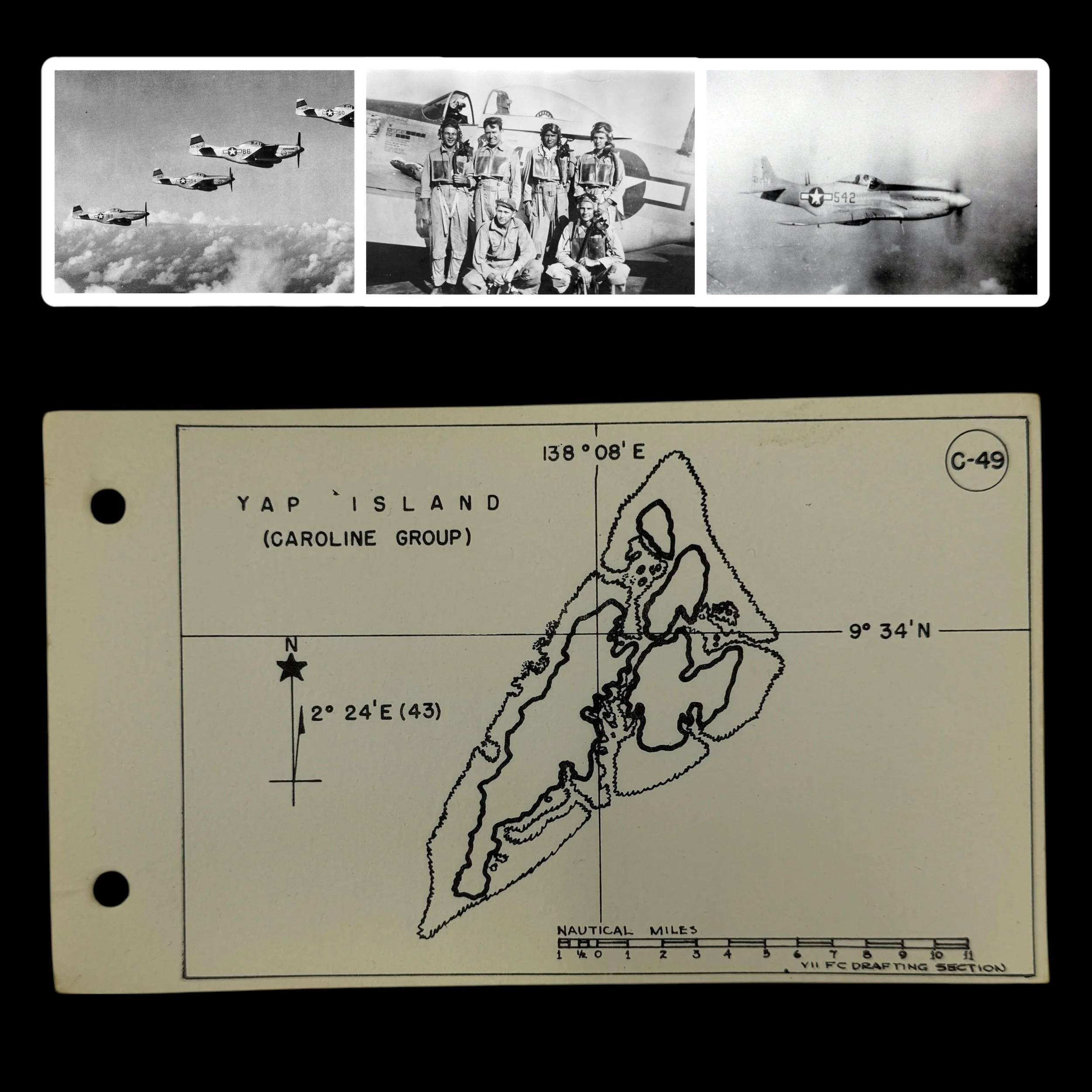

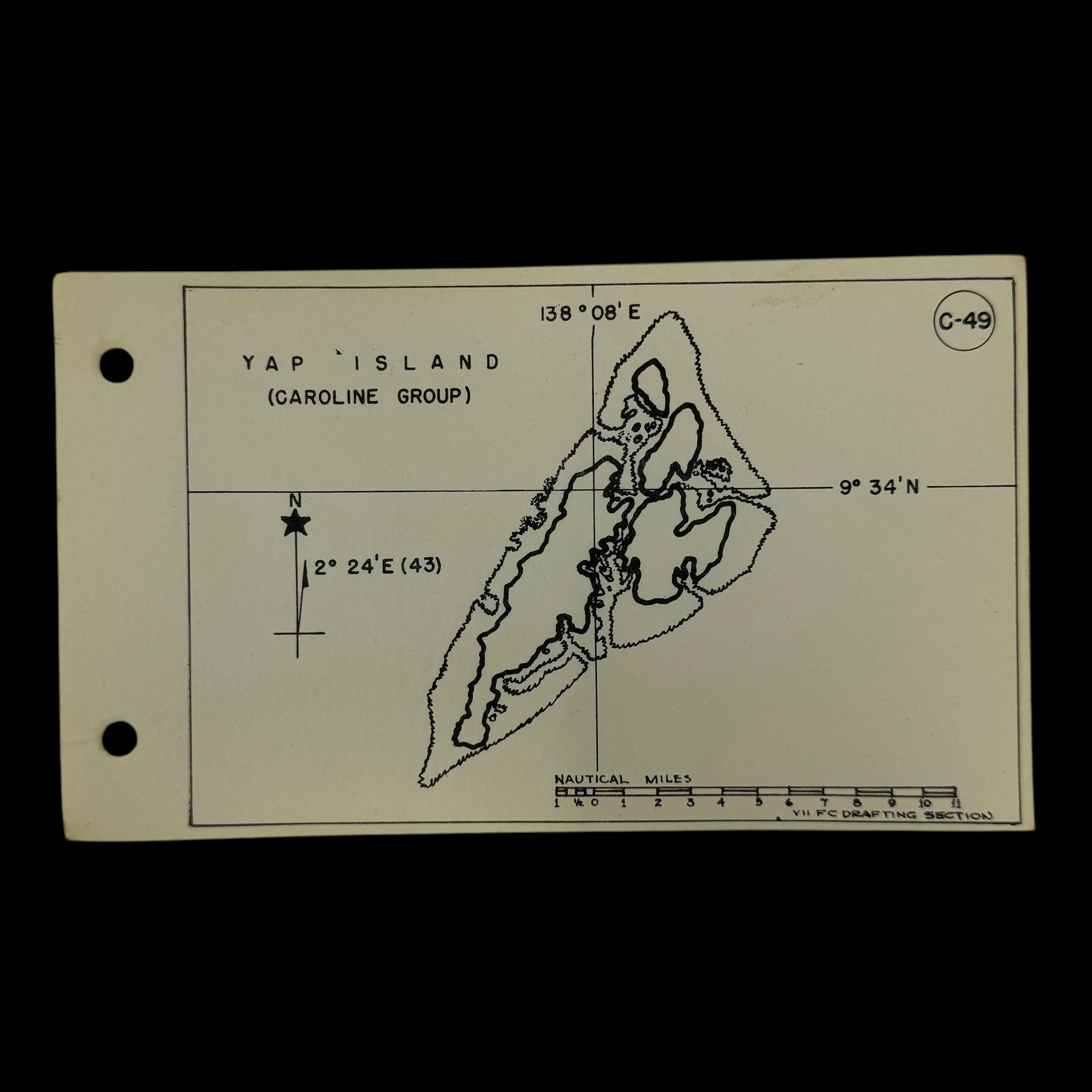
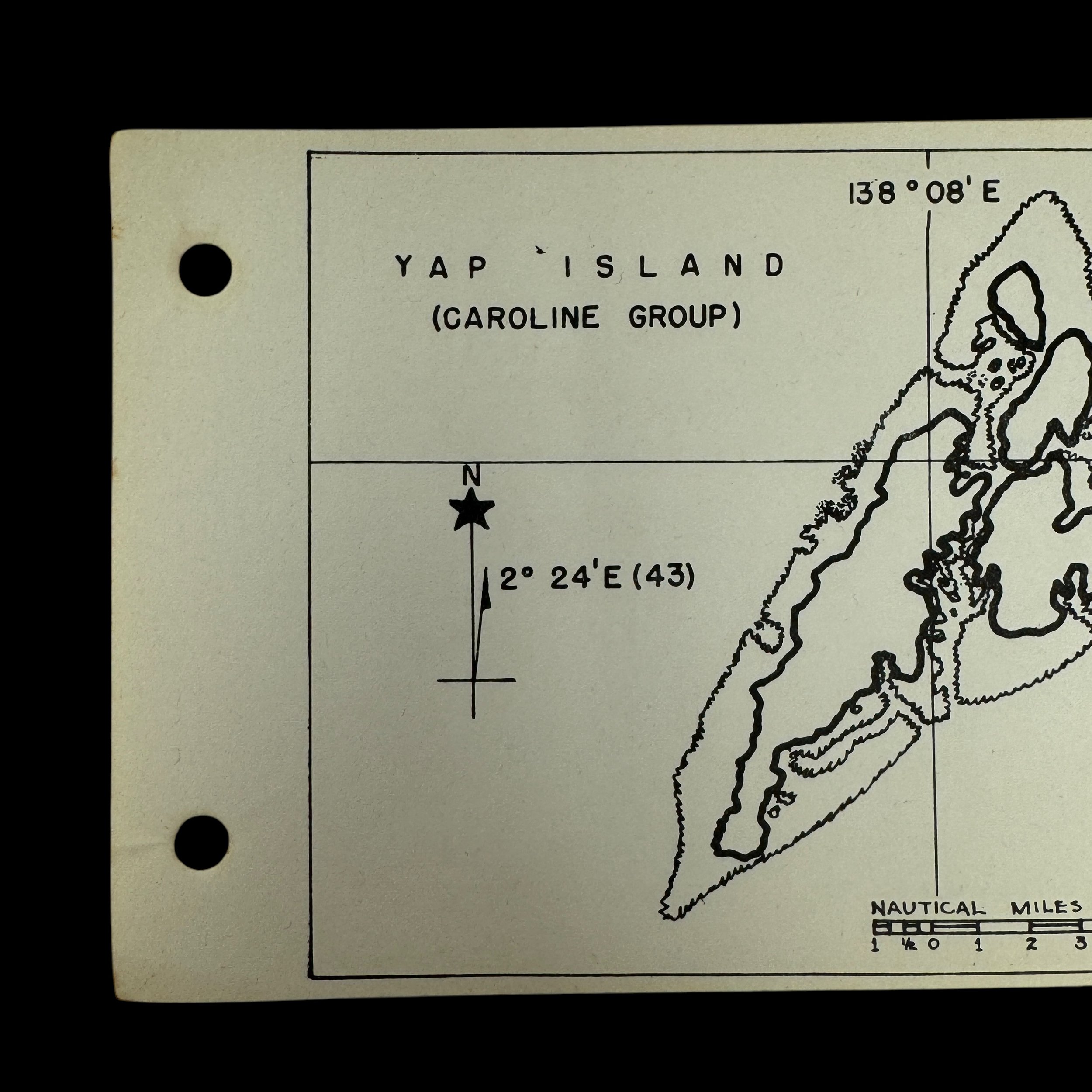

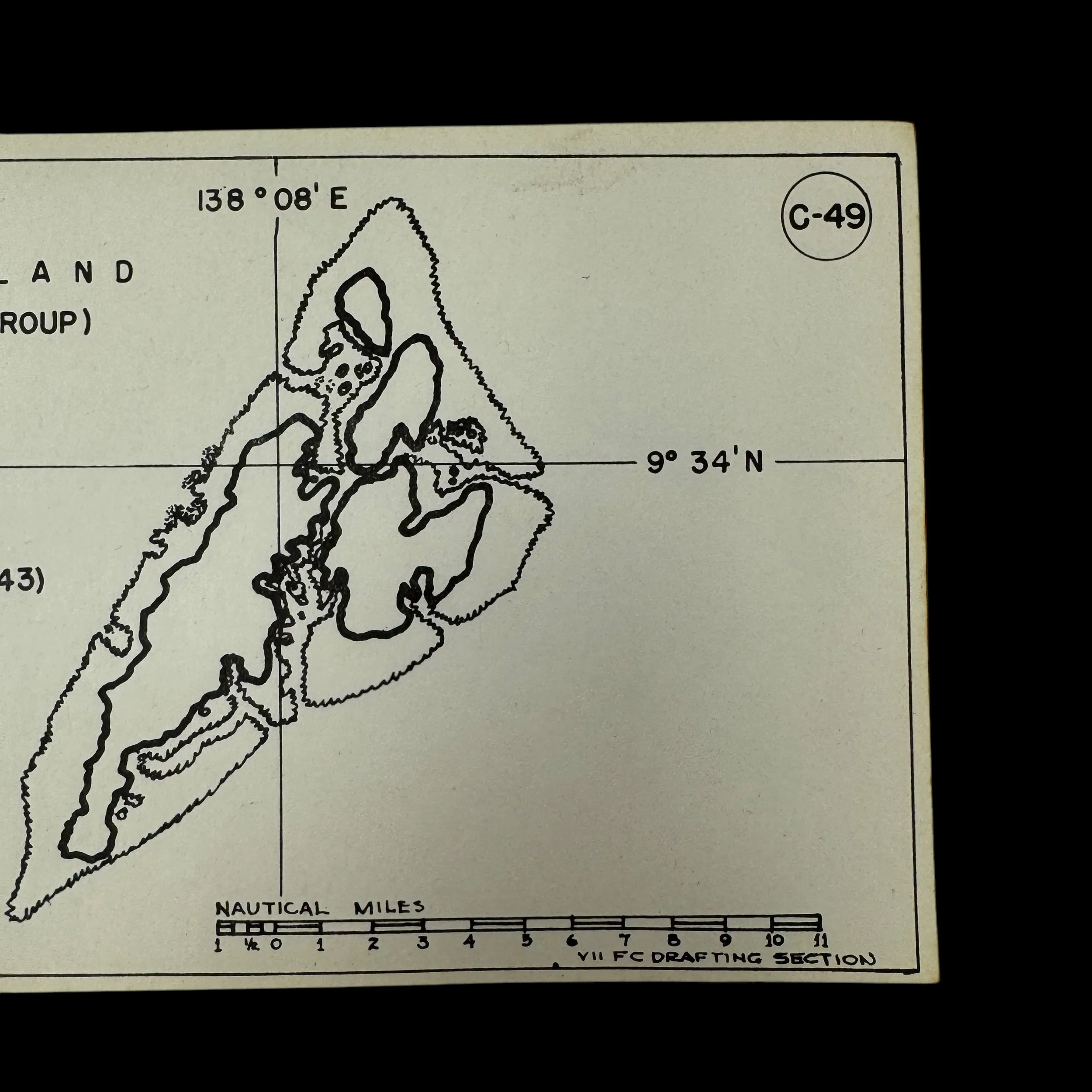
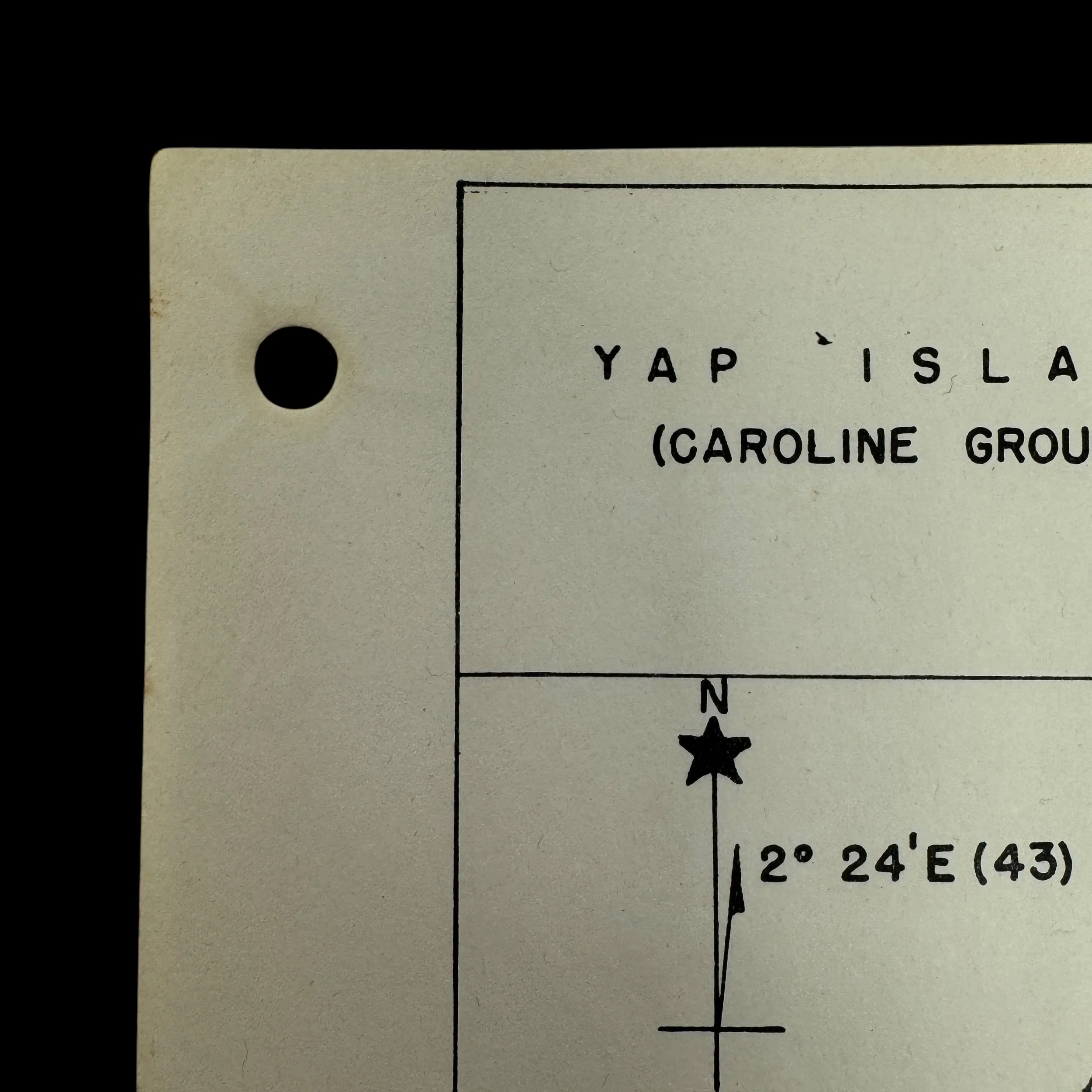
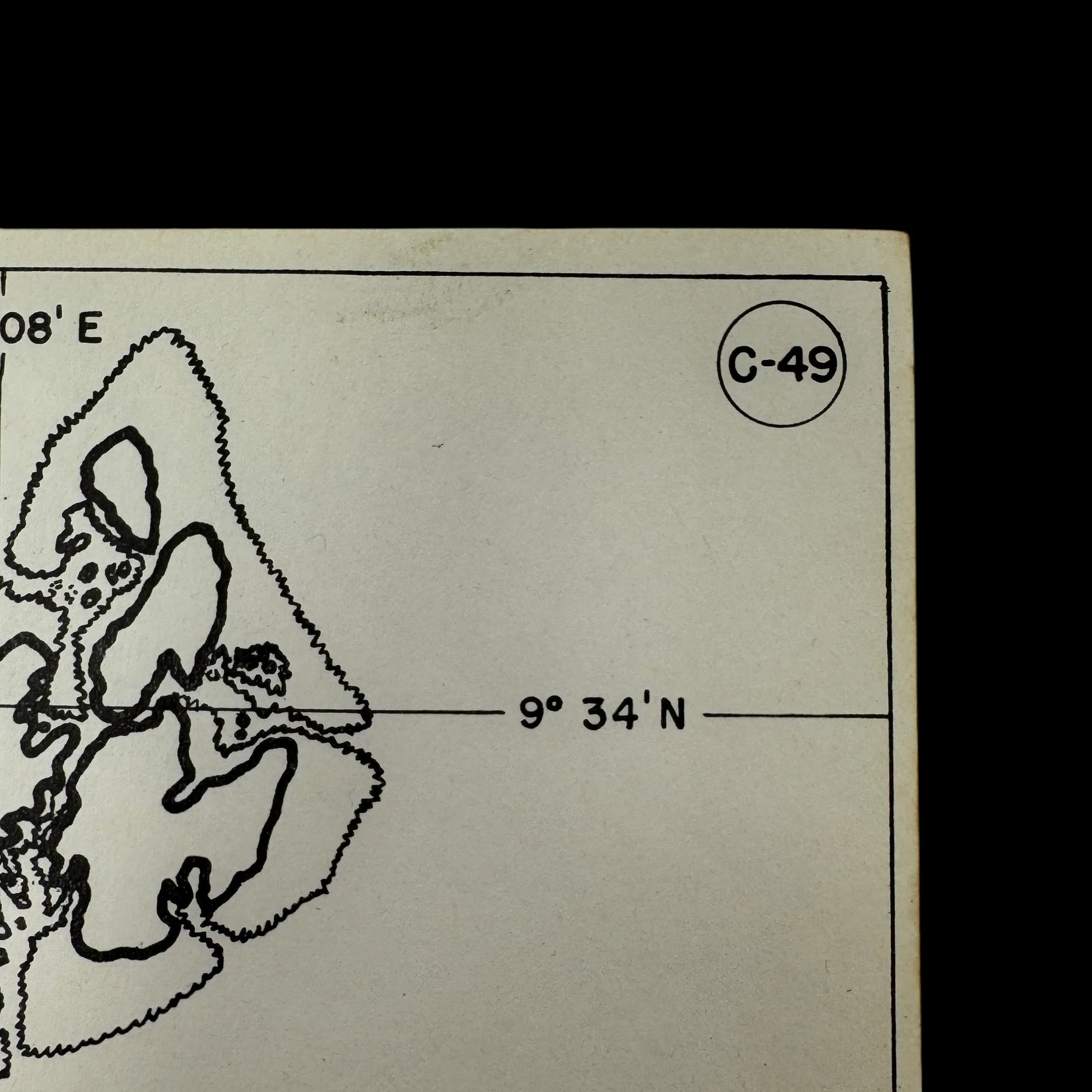

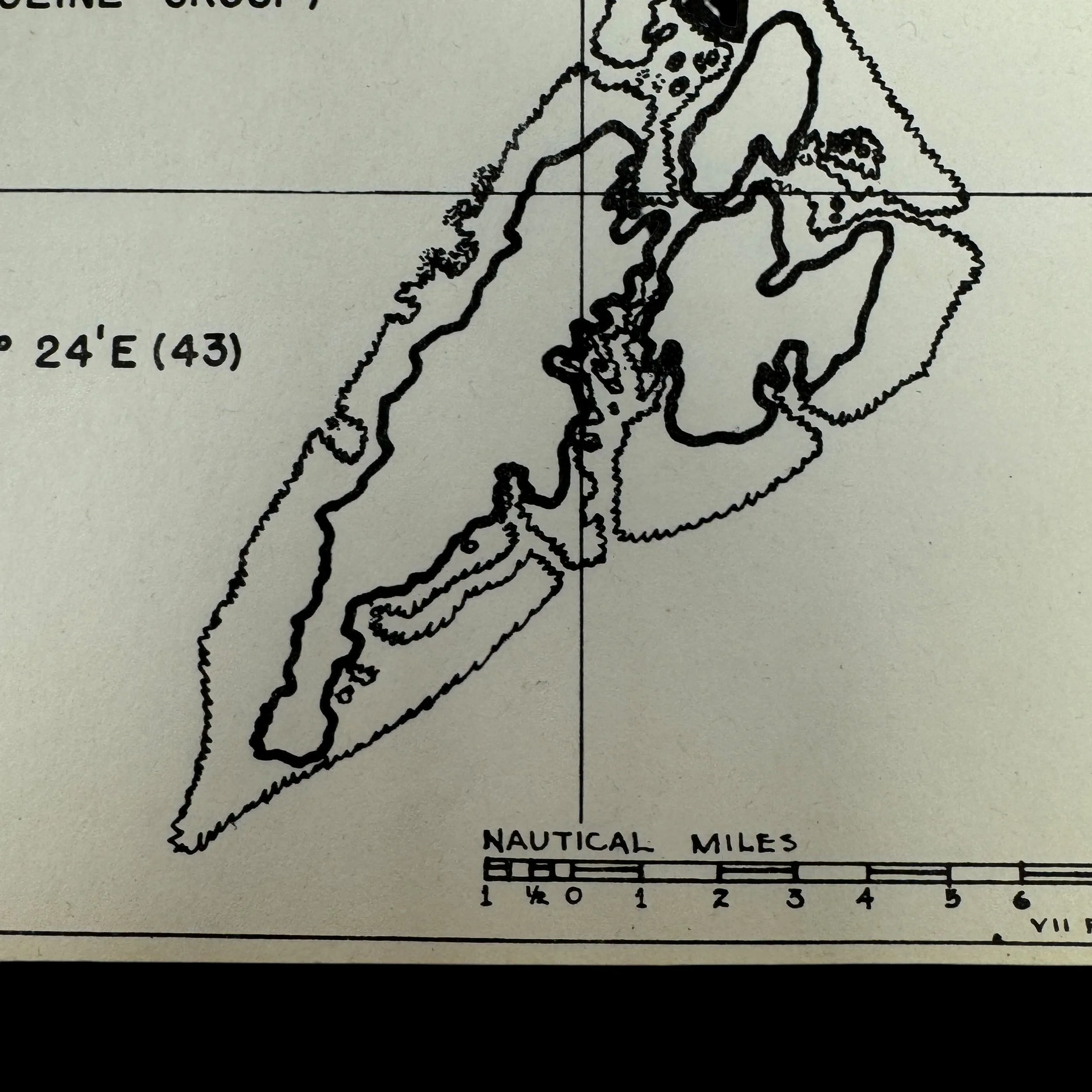

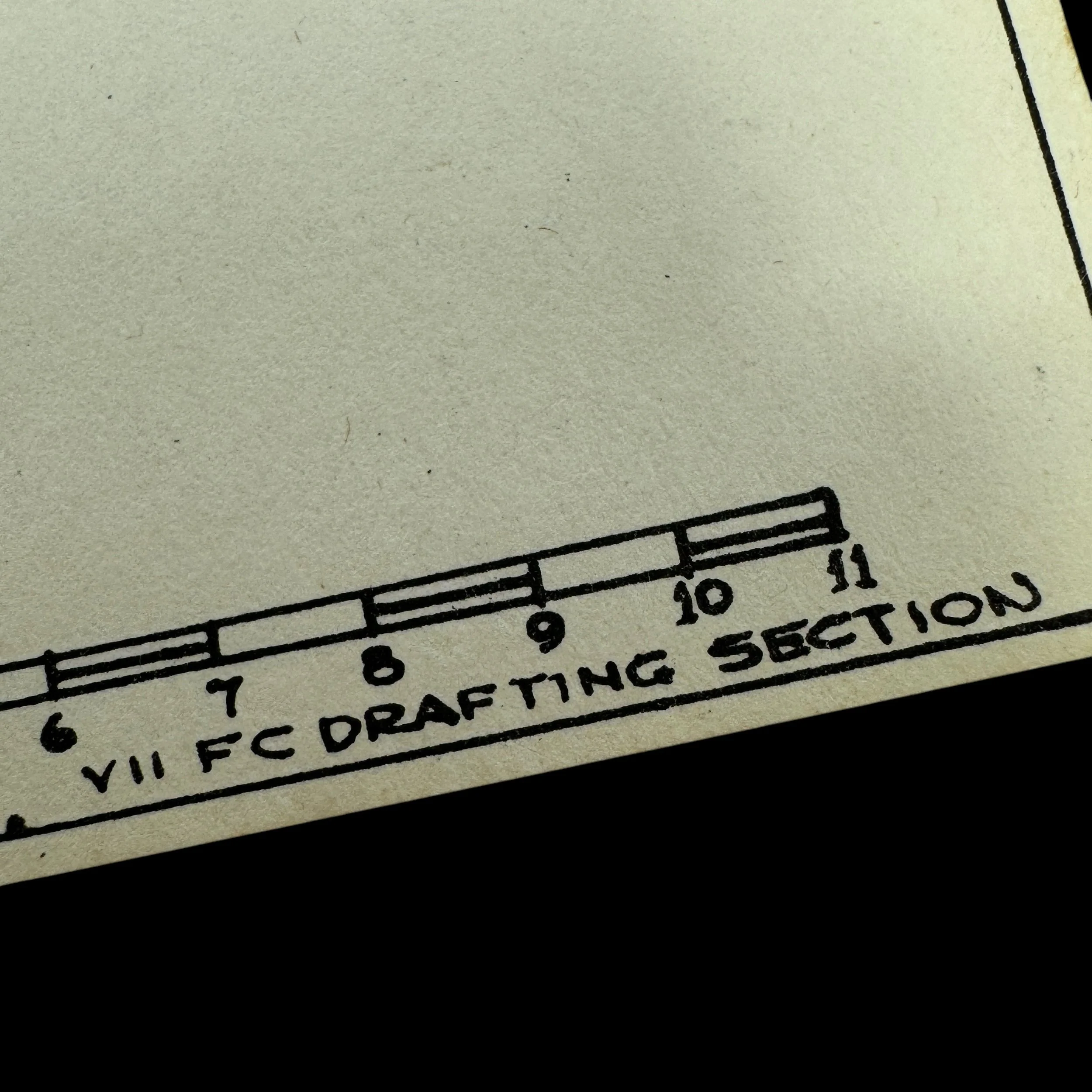
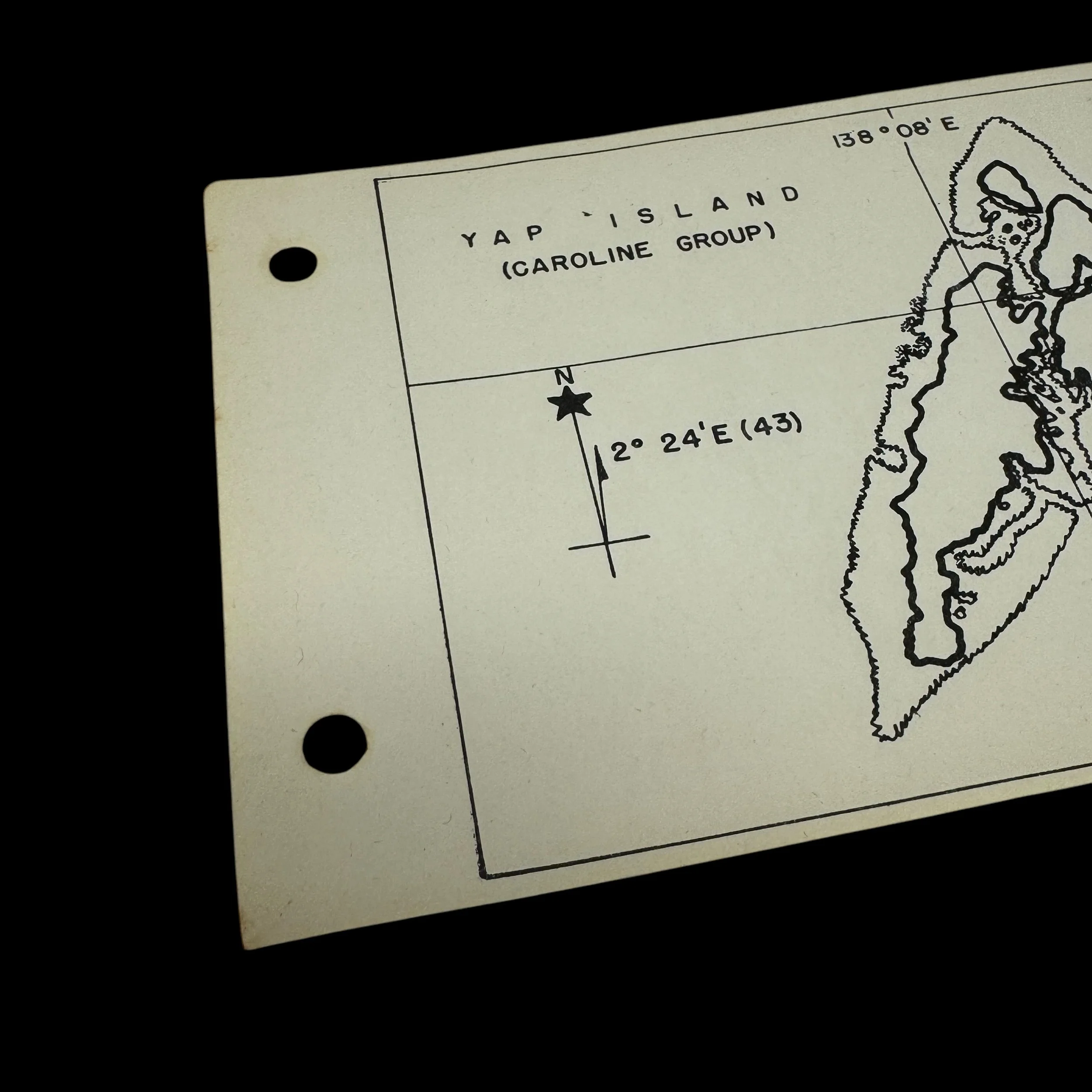
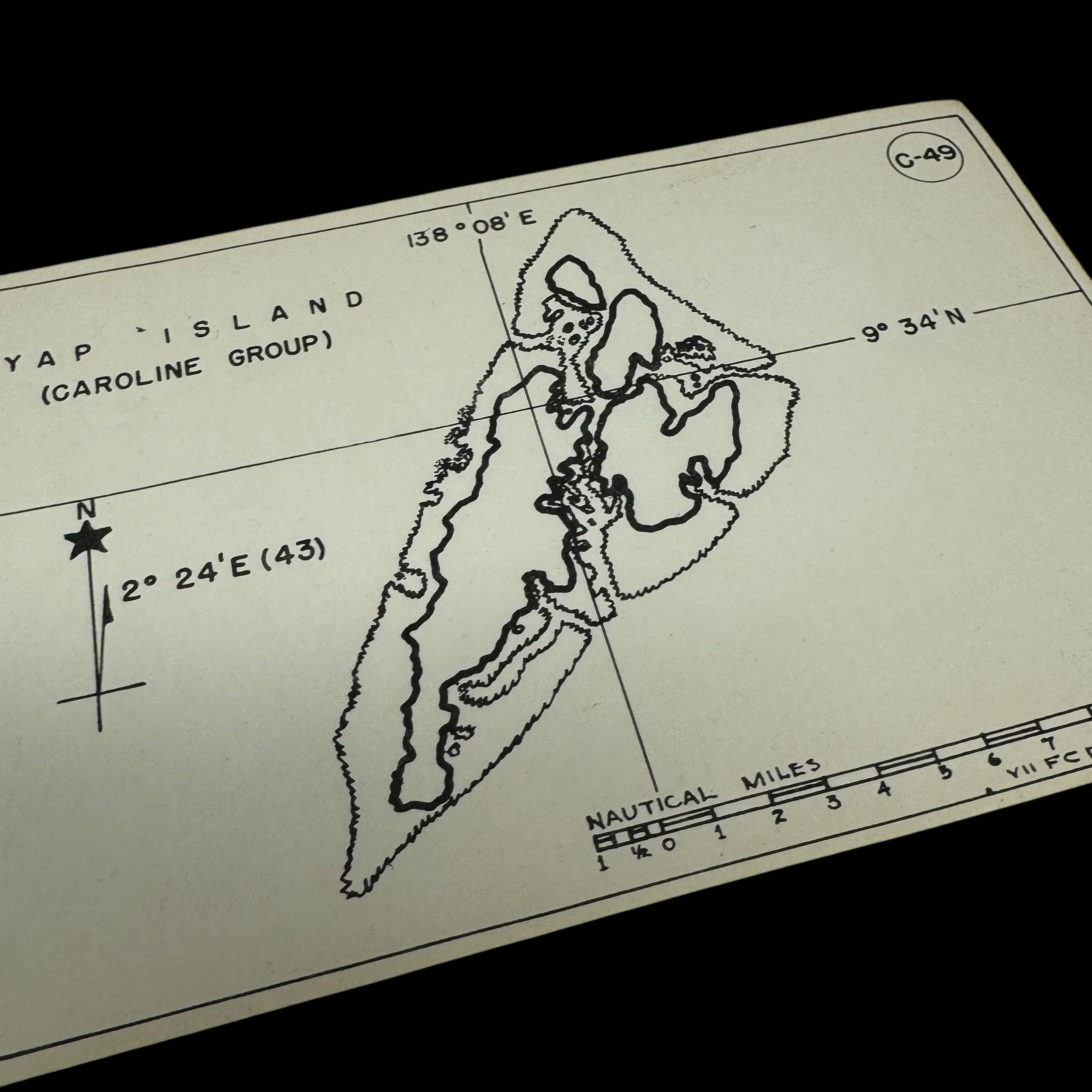
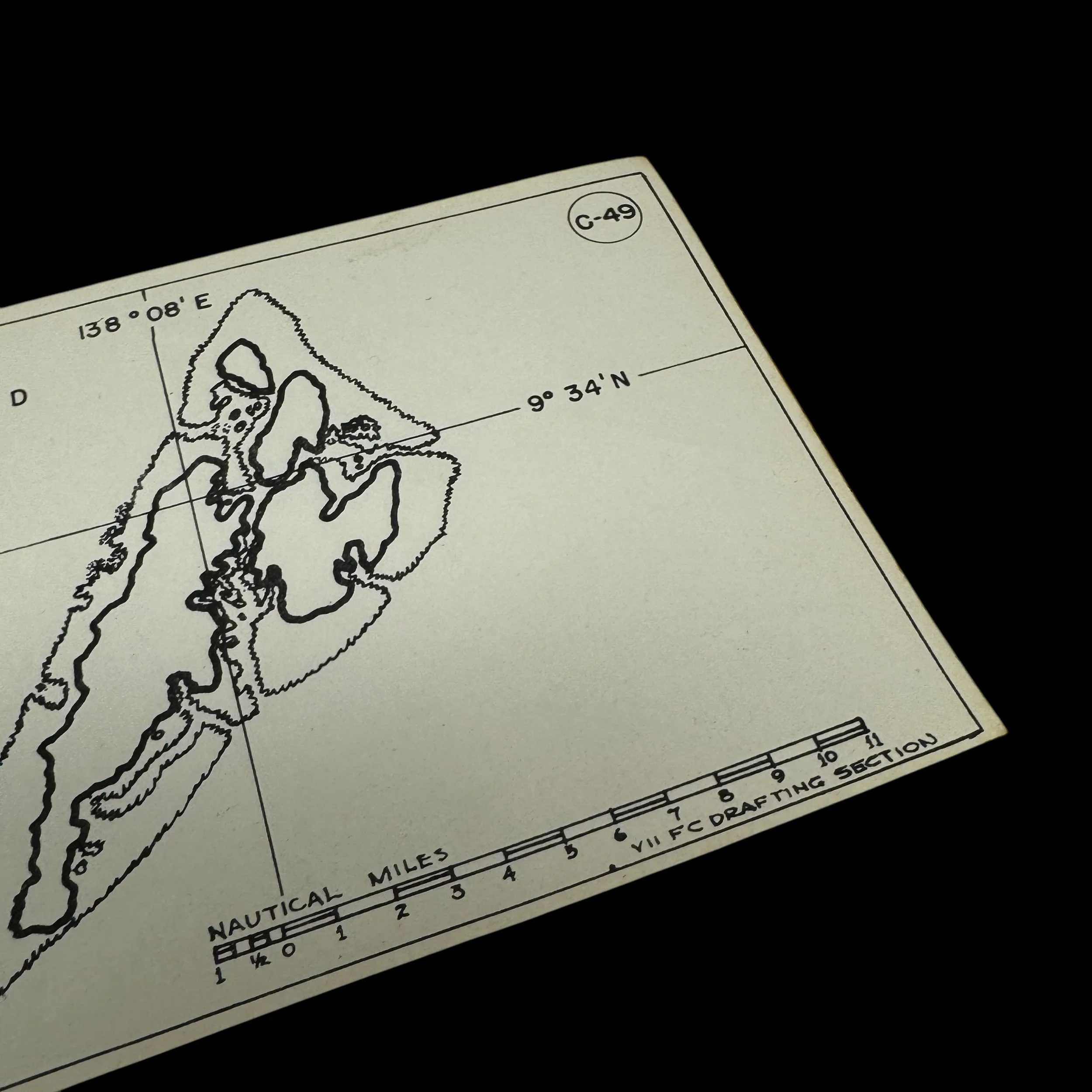
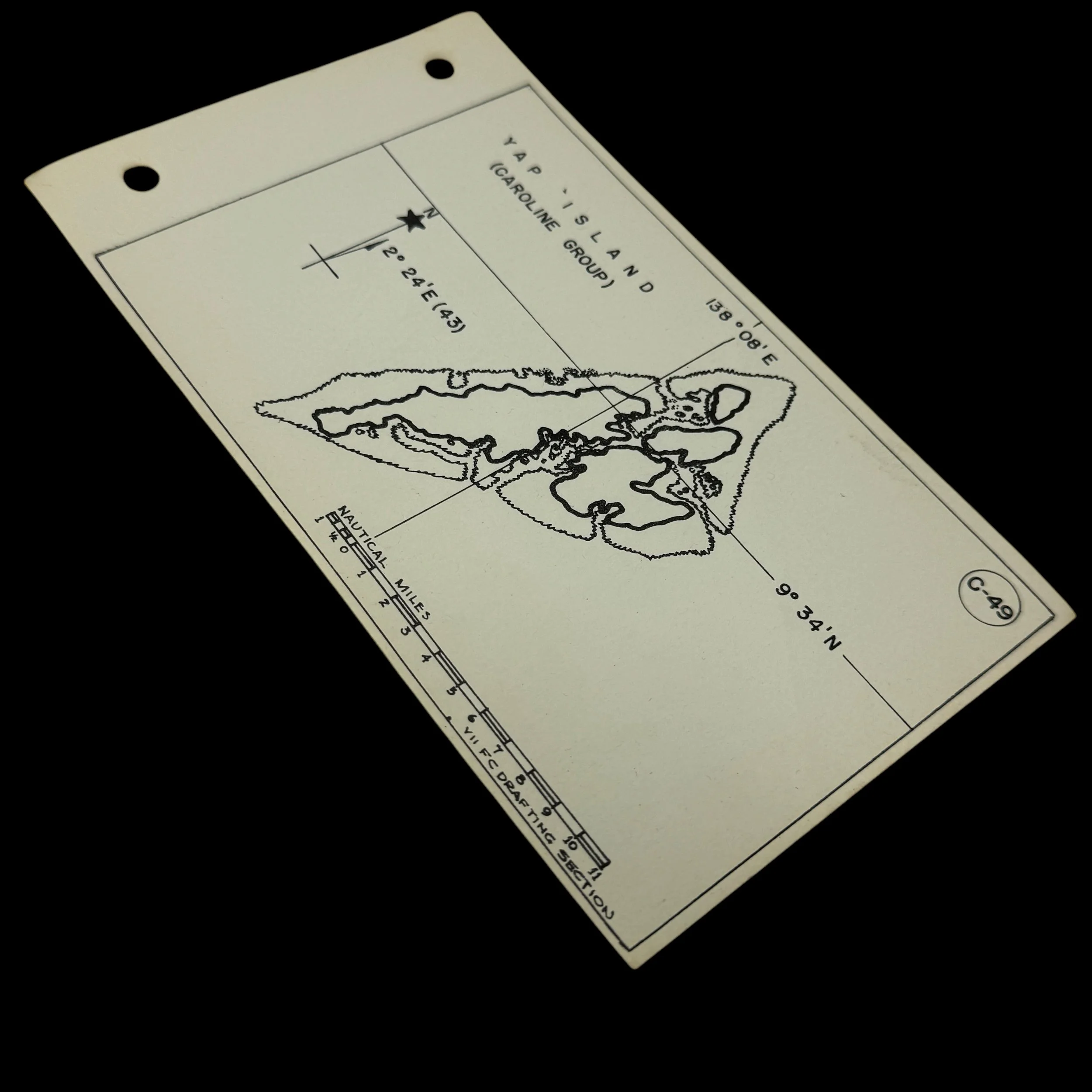
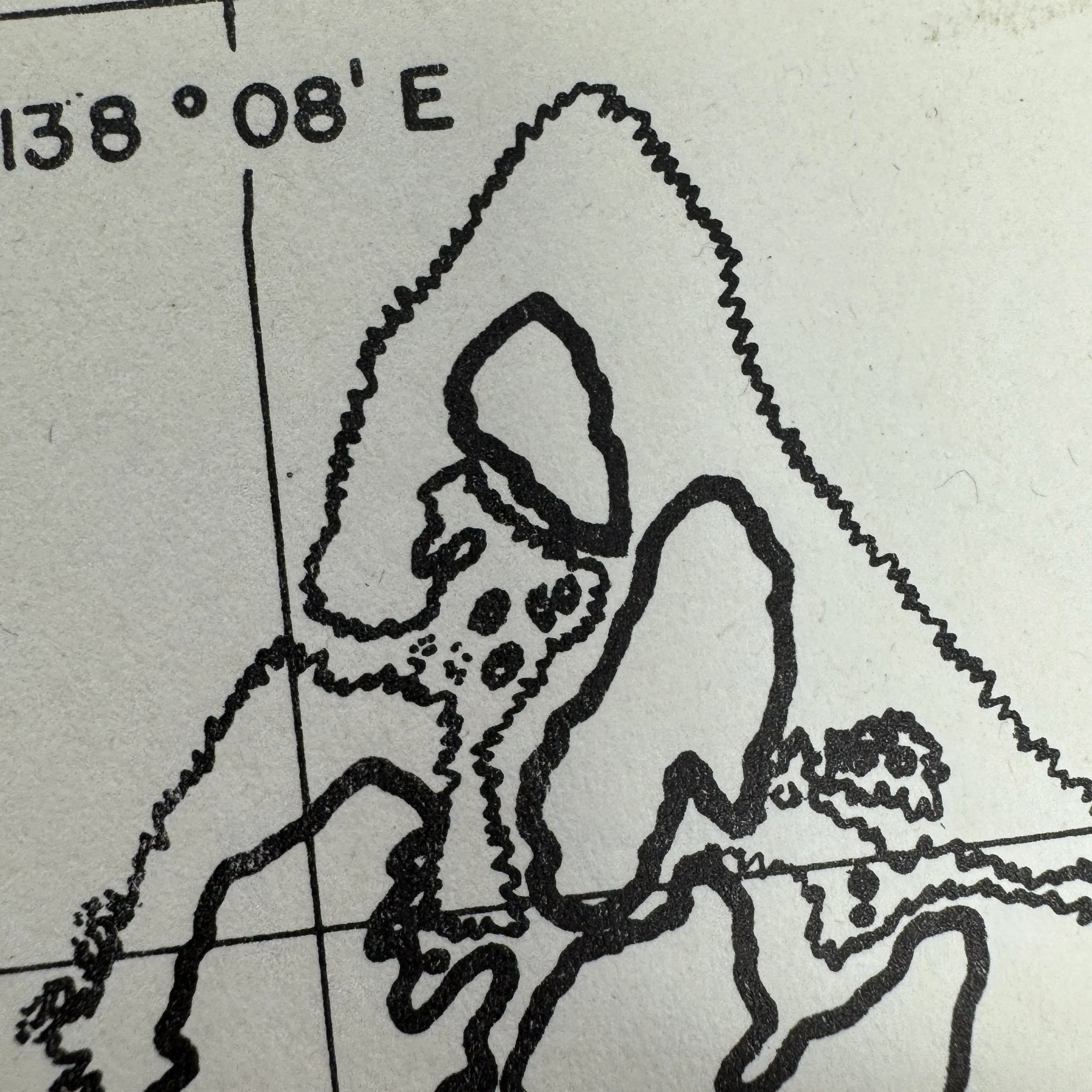

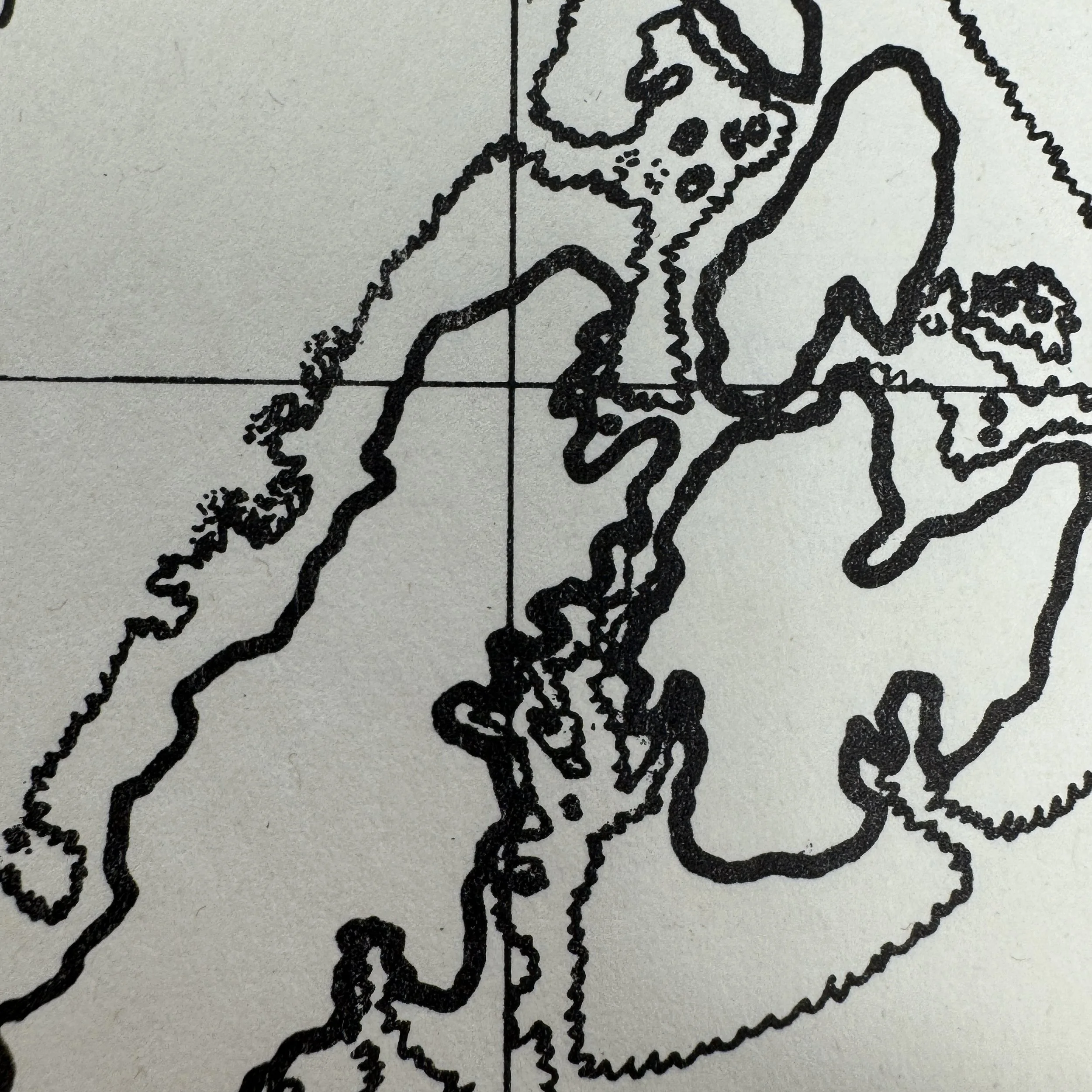
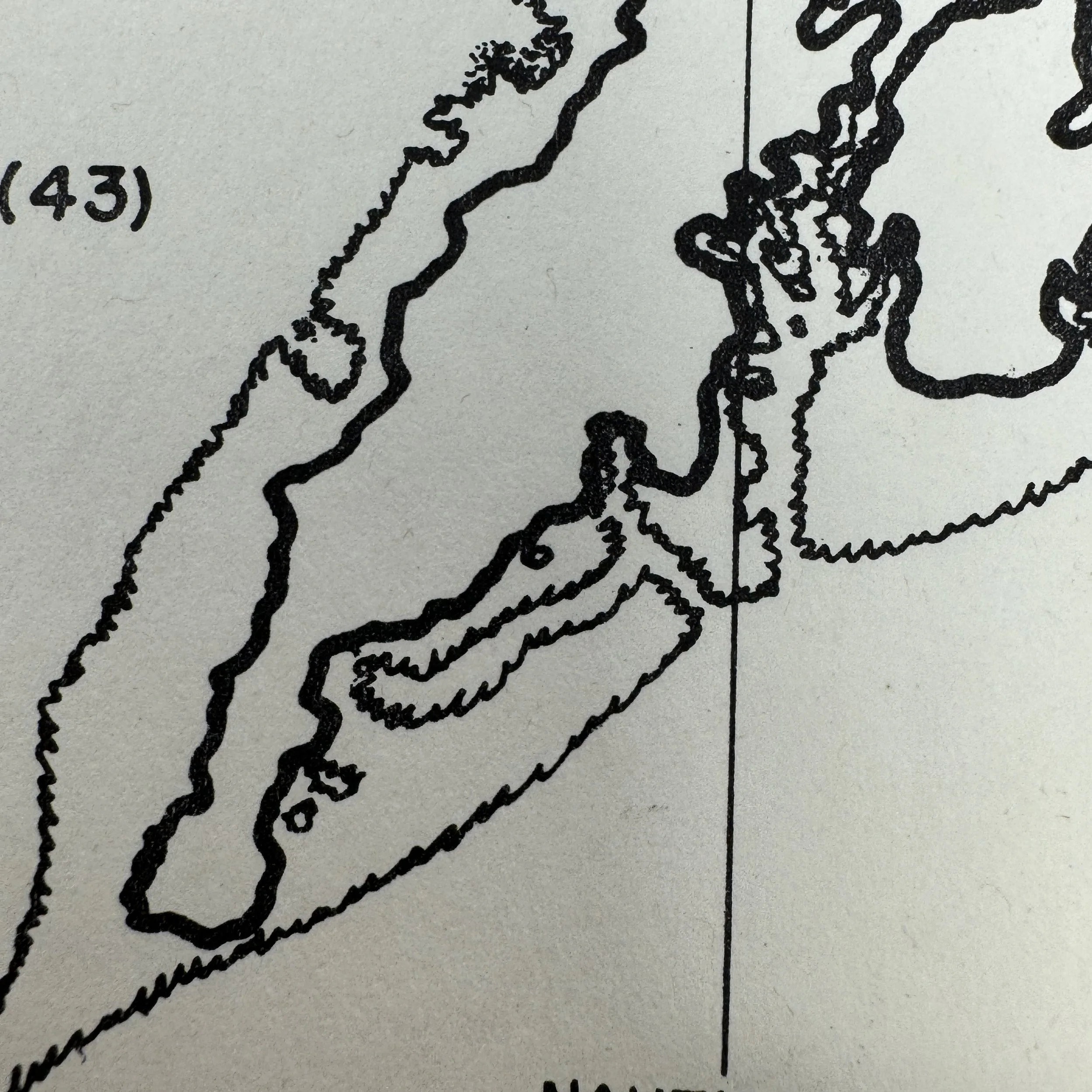
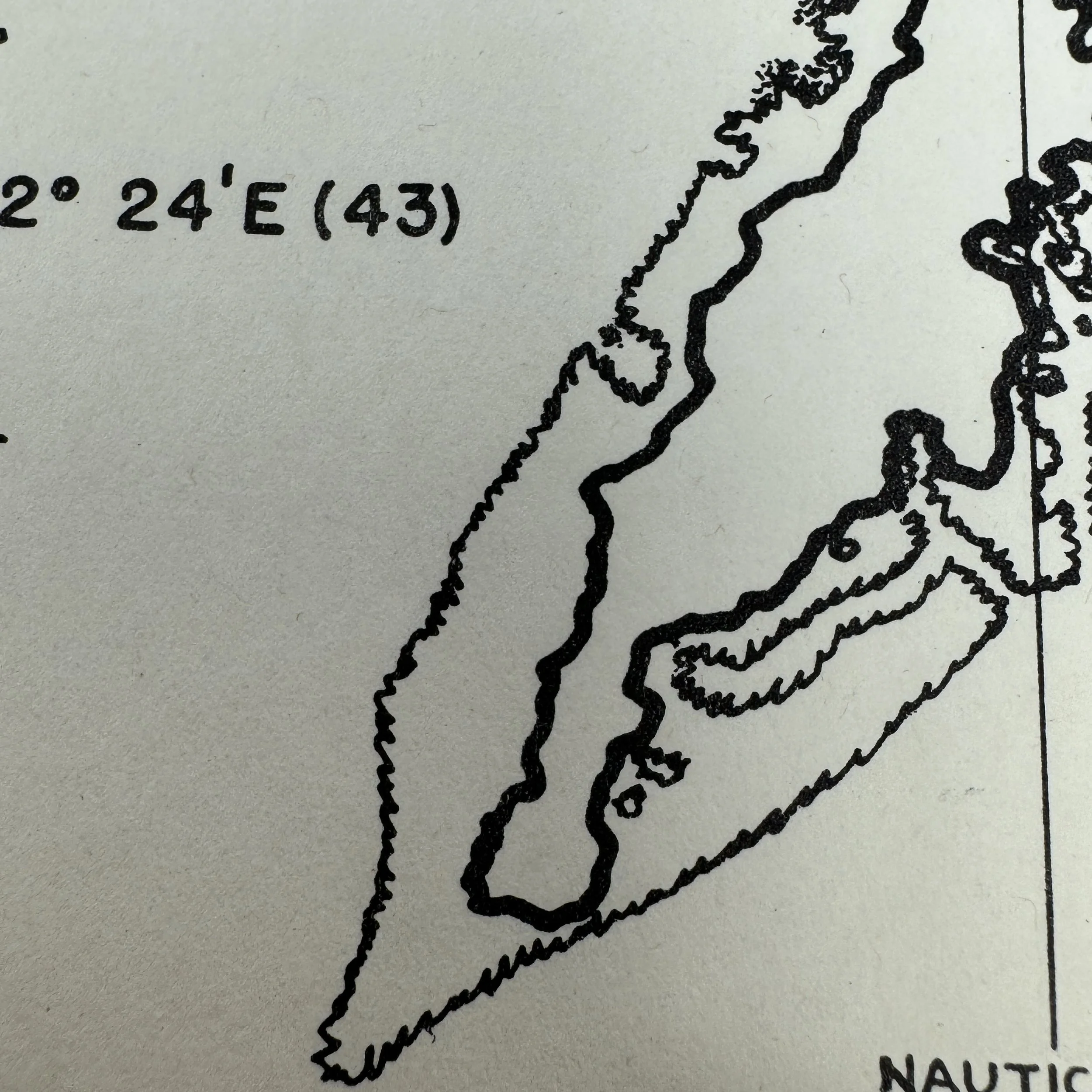
RARE! WWII VII Fighter Command P-51 Mustang Pilot Yap Island (Caroline Group) "Kneepocket" Flight Combat Map
Comes with a hand-signed C.O.A.
“As part of the Seventh Air Force, the VII Fighter Command P-51 pilots were instrumental in securing U.S. air superiority, conducting long-range escort missions, and supporting the strategic bombing campaign against Japan. Their deployment in the Marianas Campaign was pivotal to the success of the island-hopping strategy and the eventual destruction of Japan’s war-making capabilities”
Type: Original World War II VII Fighter Command “Kneepocket" Flight Map Specially Made For P-51 Mustang Pilots of the Seventh Air Force’s VII Fighter Command (Field Printed at VII Fighter Command Forward Operating Airfield in the Pacific Theater)
Titled: Yap Island - Caroline Group
The P-51 pilots carried out a variety of operations against Yap. Their primary objectives were to destroy enemy aircraft on the ground, crater the airfields to render them inoperable, and strafe or bomb any supply depots, coastal defenses, or troop concentrations. While direct aerial combat over Yap became less frequent as Japanese air power in the region dwindled, pilots occasionally encountered pockets of resistance from entrenched anti-aircraft guns and the few remaining operational Japanese fighters.
Size: 4 × 7 inches
This incredibly rare, museum-grade World War II artifact is an original combat map used by United States Army Air Forces (USAAF) pilots from the Pacific Theater's VII Fighter Command. Known among pilots as the "kneepocket" map, this essential navigation tool was carried by all P-51 Mustang pilots on every combat mission during the war.
Designed and field-printed by the “VII Fighter Command Drafting Section”, this compact yet detailed map was tailored for the specific challenges faced during long-range escort and reconnaissance missions over the vast Pacific Ocean. It was designed to fit perfectly inside the large knee pocket of a P-51 pilot’s flight suit, ensuring easy access without interfering with cockpit controls during combat missions.
The kneepocket map was vital during missions, whether escorting B-29 Superfortresses on Very Long Range (VLR) bombing runs to Japan, or conducting fighter sweeps and reconnaissance. Pilots used this map while in the air to track their positions, coordinate formation movements, and record real-time intelligence on enemy activity and potential targets.
Additionally, the map played a crucial role in emergency planning, providing vital information about nearby islands for potential crash landings. In a theater where engine failure, damage from enemy fire, or fuel shortages posed constant threats, the kneepocket map could mean the difference between survival and being lost at sea.
As a field-produced document, each map was unique, and only a handful of examples with direct connections to the VII Fighter Command have survived, with most reserved for high-end museum archives. Today, these original VII Fighter Command combat maps are exceedingly rare artifacts of WWII aviation history.
VII Fighter Command and the P-51 Mustang Campaign Over Yap Island: Air Supremacy in the Caroline Islands, 1944–1945
During the final years of World War II, the VII Fighter Command played an increasingly critical role in the Central Pacific Theater, particularly in the Caroline Islands region, where Yap Island emerged as a strategic focal point. Between 1944 and 1945, the operations carried out by the VII Fighter Command—especially its P-51 Mustang squadrons—represented a vital shift in American air superiority campaigns. These missions not only contributed to the isolation and neutralization of enemy strongholds across the Caroline Group but also paved the way for the broader island-hopping strategy that hastened Japan’s defeat.
The VII Fighter Command, initially formed as the 7th Interceptor Command in 1942 and later redesignated, was the principal fighter component of the Seventh Air Force. By mid-1944, as the U.S. Pacific offensive moved westward following victories in the Gilbert and Marshall Islands, the focus turned to the Marianas and Carolines. The Caroline Islands, stretching across a vast area of the western Pacific, included critical Japanese bases such as Truk, Palau, Ulithi, and Yap. Yap, in particular, had been heavily fortified by the Japanese due to its strategic location, boasting airfields capable of supporting both defensive operations and offensive strikes against advancing American forces.
By late summer 1944, Yap became a primary target for suppression as U.S. forces prepared for the invasion of the Philippines and secured nearby bases like Ulithi Atoll, which would later become one of the largest U.S. naval anchorages in the Pacific. Although a full-scale invasion of Yap was ultimately deemed unnecessary, American planners recognized the importance of neutralizing its airfields to prevent Japanese air power from threatening operations elsewhere.
In this context, the VII Fighter Command’s P-51 Mustang pilots were called upon to execute a series of daring and essential missions. Deployed forward to newly captured airstrips on islands such as Saipan and later Guam, the P-51 squadrons were tasked with long-range missions that stretched the operational limits of fighter aircraft at the time. The North American P-51D Mustang, with its excellent range (especially when fitted with drop tanks) and high performance, was uniquely suited to these assignments.
From late 1944 into 1945, VII Fighter Command units—including elements from the 21st Fighter Group and 506th Fighter Group—launched sustained fighter sweeps, bombing raids, and escort missions targeting Yap Island and its surrounding facilities. The missions were often arduous: pilots faced not only determined Japanese anti-aircraft defenses but also the challenge of flying over vast expanses of open ocean with minimal navigational aids. A mechanical failure or a navigational error often meant the pilot would be forced to ditch at sea, far from rescue.
The P-51 pilots carried out a variety of operations against Yap. Their primary objectives were to destroy enemy aircraft on the ground, crater the airfields to render them inoperable, and strafe or bomb any supply depots, coastal defenses, or troop concentrations. While direct aerial combat over Yap became less frequent as Japanese air power in the region dwindled, pilots occasionally encountered pockets of resistance from entrenched anti-aircraft guns and the few remaining operational Japanese fighters.
One of the key tactics employed by the VII Fighter Command was low-level strafing runs. P-51 pilots, flying at treetop level, would deliver devastating attacks against airfields, barracks, and supply dumps. Their speed and agility made the Mustangs difficult targets for Japanese gunners, but the risk was ever-present. In addition to strafing, the Mustangs often carried 500-pound bombs under their wings, enabling them to deliver precision strikes against hardened targets.
The importance of neutralizing Yap was reflected in the sheer persistence of these missions. Even after the island was bypassed and isolated by the U.S. Navy's amphibious forces, VII Fighter Command pilots continued to harass the remaining Japanese garrison, ensuring they could not stage any effective counterattacks or provide reinforcement to neighboring islands. These continuous operations were part of a broader "isolation" strategy that targeted Japanese bases not by direct invasion but by air and naval bombardment, cutting them off and rendering them strategically impotent.
The experience gained by VII Fighter Command pilots flying missions over Yap was invaluable preparation for even more demanding operations to come, particularly the long-range bomber escort missions to Iwo Jima and later to mainland Japan itself. The discipline, endurance, and tactical skills honed over the Caroline Islands—including mastering overwater navigation, coordinated attacks, and flexible mission profiles—proved crucial as the war entered its final and most decisive phase.
While the airfield installations on Yap were eventually rendered useless by constant air attacks, the story of the VII Fighter Command’s missions there underscores a broader theme of the Pacific War: the importance of airpower in achieving strategic goals without the necessity of costly amphibious assaults. Thanks to the sustained efforts of P-51 pilots operating at the very edge of their aircrafts’ capabilities, Yap was effectively neutralized as a threat, freeing U.S. forces to focus their full attention on the liberation of the Philippines and the final advance toward the Japanese home islands.
By early 1945, the once-formidable Yap airfields lay silent, battered and abandoned, while American carrier and land-based airpower continued to tighten the noose around Japan’s remaining defenses. The VII Fighter Command's P-51 pilots, through their relentless sorties over Yap and the surrounding Caroline Islands, demonstrated the transformative power of flexible, long-range fighter operations—helping to define the air strategy that would ultimately dominate the Pacific skies and lead to final victory.